This post contains affiliate links.
Those of us who live in cold weather environments know the challenge of staying cozy without having to pay astronomical utility bills in the winter. Yes, there are a thousand ways you can renovate your home to help make your heating more efficient, but that doesn’t help you right now. This post is about practical tips and small purchases that can help you stay warm today without a renovation.
If you live in one of those places where the weather is 80 degrees all year you might want to skip this post. Better yet, read it so you can survive when the weather drops to 65 degrees. We kid, warm weather dwellers. Believe me, all of us want to be you right now (and all year long).
Read on for our best tips are keeping cozy this winter season.
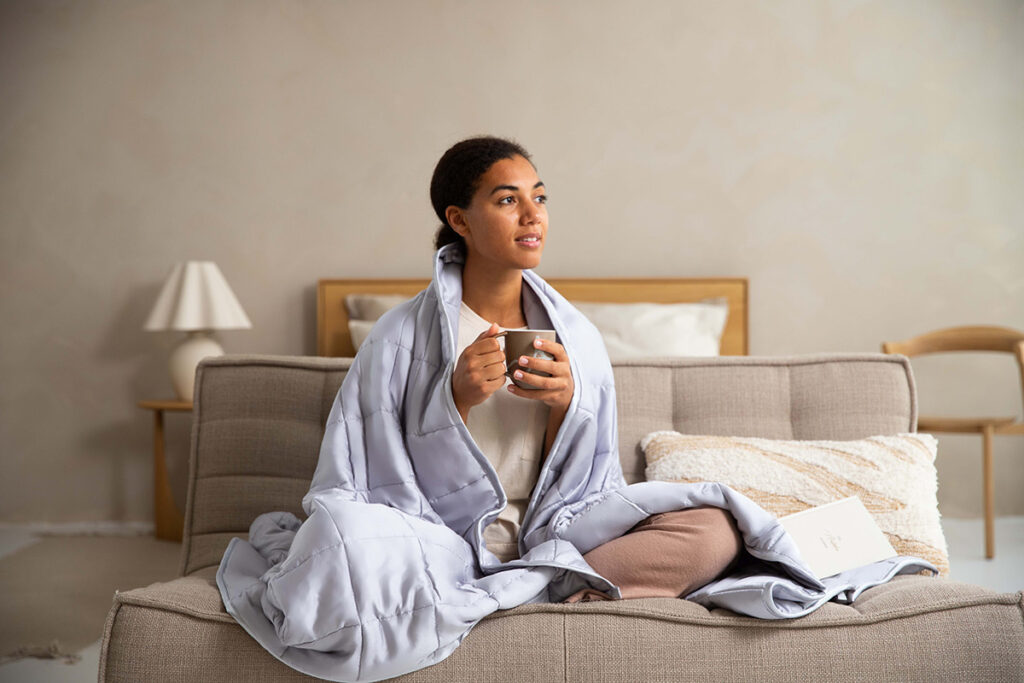
1. Wrap up in a heated blanket
I am always cold so my family purchased me an electric blanket for Christmas. I use it every day. Modern day heated blankets have shutoff timers and overheat limits so they are totally safe.
I use my heated blanket to keep warm while I am snuggled up on the sofa or sitting at my desk. The heated blanket keeps you from realizing your furnace is turned down.
A few of our favorite electric blankets, each around $30 on Amazon:
 Buy Now →
Buy Now →  Buy Now →
Buy Now → 2. Shut doors in your house to create zone heating
Make sure you keep the doors shut to rooms you do not use during the day or night for optimal energy efficiency. This will help your heating source focus on the areas where you are spending time. This is called zone heating. Zoned heating is your friend in the winter because it maximizes the heat where you are and prevents heat loss to areas of your home that you aren’t using.
3. Shut air vents in unused rooms
There is no need to heat your guest bedroom or unfinished basement if the rooms are not being used. This will force all the warm air into the rooms that you do use.
If you really want to be proactive, shut the vents to your bedroom during the day and open it back up about an hour before you go to bed. At bedtime, shut your living and kitchen area vents.
Easy to use and affordable vent covers:
 Buy Now →
Buy Now →  Buy Now →
Buy Now → 4. Use an oil-filled space heater
Oil-filled heaters are the safer version of space heaters to use in your home. They do take a little while to heat up but they do warm up a space effectively, especially if you shut doors to maximize the space.
Even though they are the “safer version,” you still need to be careful.
Make sure you spend a little extra money for one with a timer and an overheating shutoff for safety reasons.
You do not want to leave them on overnight or while you are away from home.
They can be warm to the touch so like any space heater, it may not be good with little kids.
Our favorite oil filled radiators from Amazon, each around $90:

Dreo Oil Filled Radiator with Child Lock, Overheat & Tip-Over Protection
Buy Now →
PELONIS Electric 1500W Oil Filled Radiator Heater with Safety Protection
Buy Now →5. Purchase a portable electric fireplace
An electric fireplace with high BTUs can really warm up a space. These are more expensive than space heaters, but most are safe to touch for the littles in your home. They are also very safe and efficient to run for long periods of time. I am getting impressed with the stylish options available these days.
The cutest little portable electric fireplaces:

Infrared Freestanding Electric Fireplace Stove Heater
Buy Now →
Jasper Freestanding Electric Fireplace Stove Heater
Buy Now →6. Switch out window treatments for thermal curtains or add thermal curtain liners
Switch out curtains with thermal curtains or attach thermal curtain liners to your existing curtains. Windows can be the largest source of cold air entering into your home. Thermal curtains can help keep the cold air insulated in those drafty windows or old window frames.
Cell window shades are also a great option, as they trap the air reducing nighttime heat loss through windows, minimizing cold drafts near windows, and reducing unwanted solar heat gain. You can find them at most home improvement stores or IKEA.
Insulated window coverings from Amazon:
 Buy Now →
Buy Now →  Buy Now →
Buy Now →  Buy Now →
Buy Now → 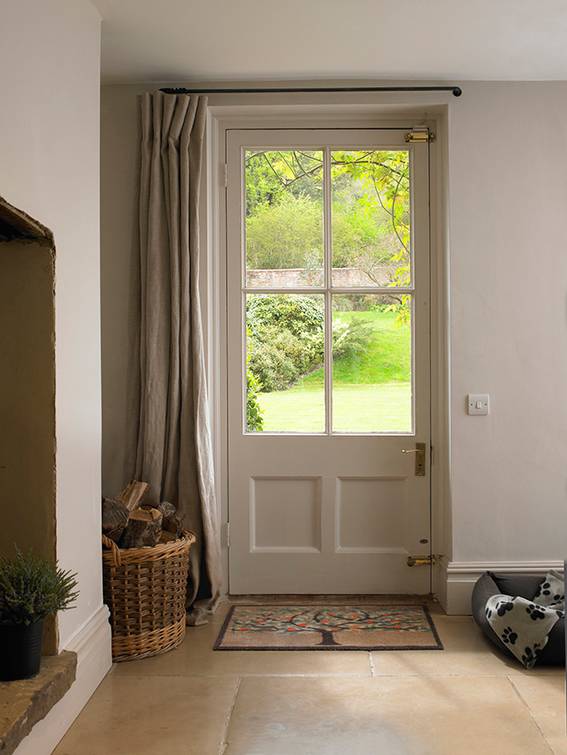
7. Hang curtains over your front door
If you have one of those doors where you can feel the cold air creeping in, try hanging a curtain over your exterior doors to make the house feel warmer in the winter. It can be a stylish way to add another layer of insulation to your home.
8. Open curtains during the day and close them at night
During a sunny winter day, let the warmth of the sunlight in to warm your cold house. When the sun is down, shut them to insulate the cold air.
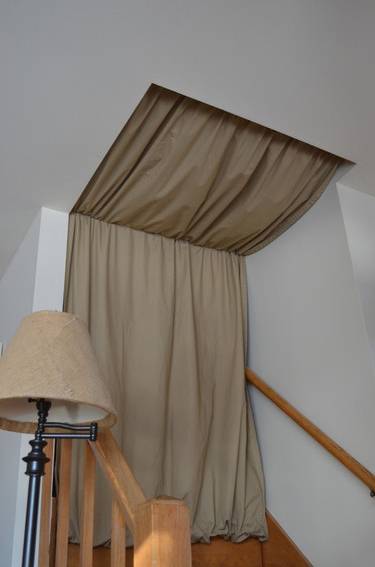
9. Hang a curtain at the top of your stairwell
If you have a two-story home use a thermal curtain and tension rod at the top of your stairs. Close the curtain the times of the day when you spend most of your time downstairs. Why? It is simple, hot air rises and the closed curtain can keep the hot air downstairs.
How to hang a curtain in your stairwell:
- Measure the width and height of your stairwell.
- Find a tension rods that works with the width of your stairwell and is heavy enough to hold an insulated curtain. I prefer to use the tension rods because they’re easy to take down during the warmer months of the year.
- Find a curtain that is at least as large as your opening, but even longer and wider is best. More fabric means more insulation.
- You’ll place the curtain loops through the first curtain rod and attach it to the curtain to the wall. You’re done!
- If you have part of the ceiling opening to cover (like in the image above), you can use a second curtain rod to drape the curtain over.
Supplies for hanging a curtain in your stairwell:
 Buy Now →
Buy Now →  Buy Now →
Buy Now → 10. After using your oven, keep the oven door open while it cools down
Maximize the usage of your oven as long as you can. After you use your oven, keep the door open while the oven cools down. Of course, not the best thing to do if you have little kiddos hanging around.
11. Place heating pads under your sheets at the bottom of your bed
Warm up a heated rice bag in the microwave and place it under your sheets. This is a safe way to keep your toes warm at night. Hot water bottles are also great for this.
A few heating pad options for a cozy bed:
 Buy Now →
Buy Now →  Buy Now →
Buy Now → 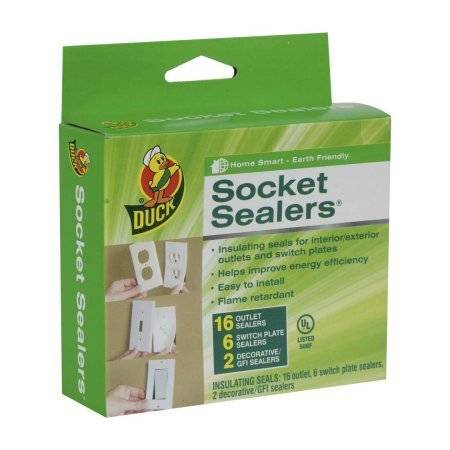
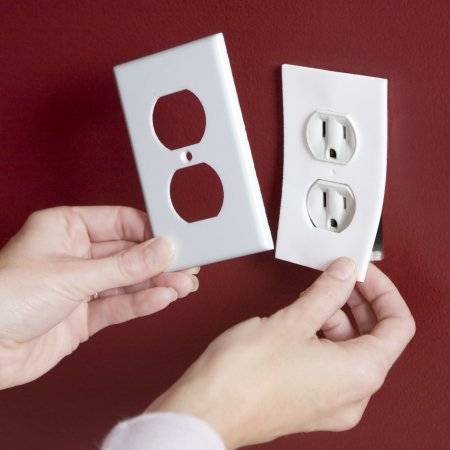
2. Add insulated covers to your outlets and light sockets
Your outlets and light switches can be a source for cold air to get into your home. This is true especially if you live in an old home where the walls are not insulated. If you live in an old home with original plaster walls…this applies to you. This fix requires no rewiring or electrician skills. You just need a screwdriver to take off the face plate.
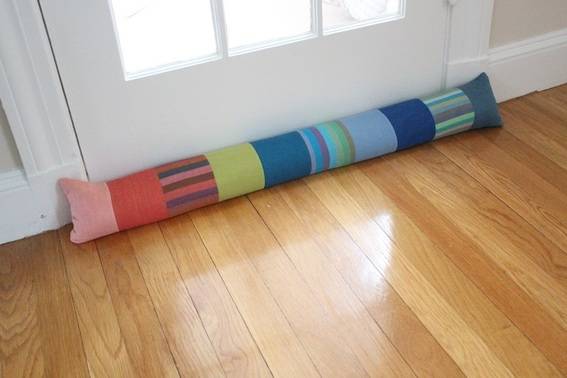
13. Cover your home with window sill and door draft stoppers
Use rice and fabric remnants to create a cute insulated window sill or door draft stopper to prevent cold airflow from the outside and to prevent your warm air leaks in the reverse direction. If you want to take it one step further, adding door sweeps to your exterior doors is a quick and easy project.
14. Lay down a rug or two
If you have hardwood floors, area rugs can help with cold floors. Check your local carpet store for remnants if you are on a budget. If there is no room in the budget for a rug, lay a blanket on the floor while you are hanging out in your living room.
15. Wear a winter hat around the house
Heat exits your body from your head so keep yourself warm by keeping a cute winter hat on your head while you are home. And please, make sure you’re wearing a sweater!
16. Wear warm slippers
Like your head, heat exits your body from your feet so keep them insulated.
17. Warm your towels with a towel warmer
Fight the cold in the bathroom by warming up your towels while you shower. They also work for bathrobes and pajamas.
 Buy Now →
Buy Now →  Buy Now →
Buy Now → 
18. Rearrange furniture away from windows
Give your living room a fresh look by rearranging your furniture away from your windows. If the furniture in front of your window only fits one way, move your couch or seating away from the window a least 6 inches and execute tips 6, 8, 13, and 20.
19. Unblock heater vents
Don’t sacrifice your coziness for a piece of furniture over a vent. Rearrange your furniture to unblock the vent. Not possible? Purchase a vent attachment or extender.
20. Install plastic window insulators
These plastic window insulators can help your windows feel like a more expensive window. If done well, the insulator really isn’t super noticeable. They are easy to install and remove. All you need is scissors and a hair dryer. Most of the instructions tell you to install the plastic over your outer trim. I was able to install the plastic on the inside of the window trim behind my window treatments. These are a great solution for large windows with no window treatments.

Frost King Window Insulation Kit
Buy Now → Buy Now →
Buy Now → 21. Install a smart or programmable thermostat
Smart thermostats or programable thermostats can learn your heating and cooling habits over time, so they can automatically adjust the temperature to your preferred settings, even when you’re not there. This can save you money on your energy bills by reducing your heating and cooling usage when you don’t need it.
Additionally, smart thermostats often have features such as temperature scheduling and geofencing that can automatically adjust the temperature based on your location and schedule, further increasing energy efficiency and convenience.
Many local energy companies offer significant discounts and rebates for installing smart thermostats.

Google Nest Learning Thermostat
Buy Now → Buy Now →
Buy Now →  Buy Now →
Buy Now → 22. Turn on your ceiling fan
Using a ceiling fan can help to keep a room warm by circulating the warm air that rises to the ceiling back down into the living space. During the winter months, most people turn on their heating systems to warm their homes. However, warm air rises, leaving the floor and lower parts of the room cold. By using a ceiling fan, you can redistribute the warm air that has risen to the ceiling, helping to evenly distribute the heat throughout the room. To do this, make sure that your ceiling fan is running in the clockwise direction and set it to a low speed. This will create a gentle updraft that will circulate the warm air and keep the room feeling warmer.
23. Close your fireplace flue
Closing the fireplace flue can help keep a room warm by preventing warm air from escaping up the chimney. The fireplace flue is the opening at the top of the chimney that allows smoke and air to escape. When the flue is open, warm air from the room rises up the chimney, carrying valuable heat with it. Closing the flue will prevent warm air from escaping and help to keep the room warm.
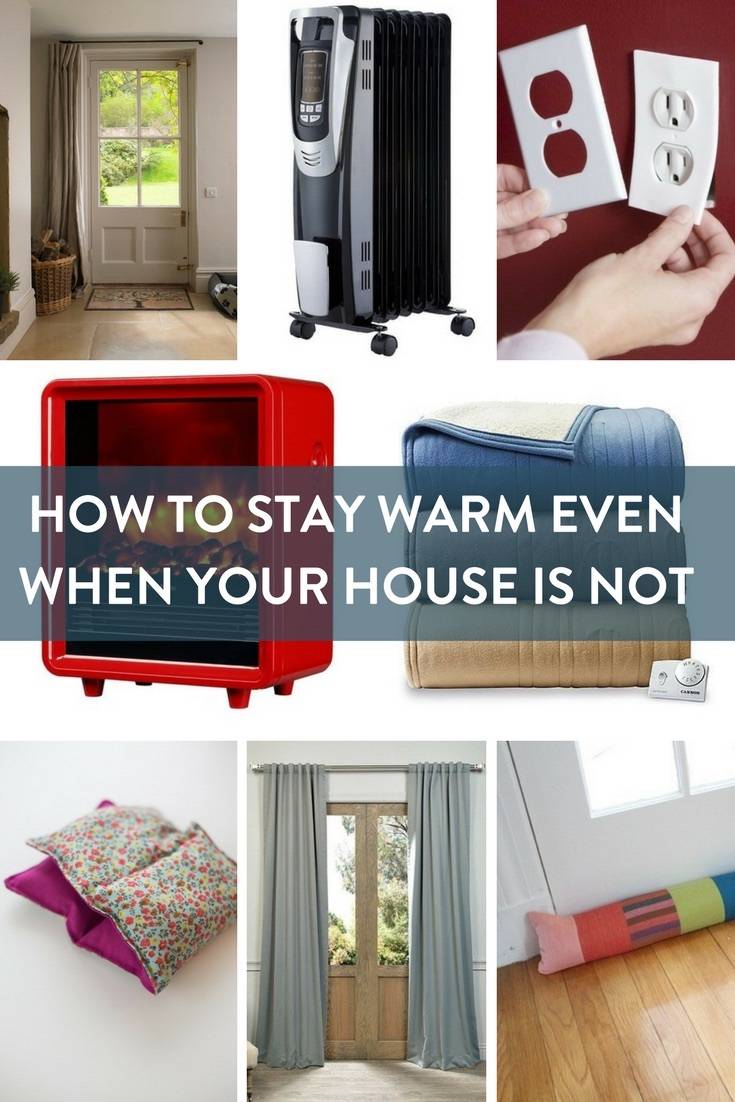
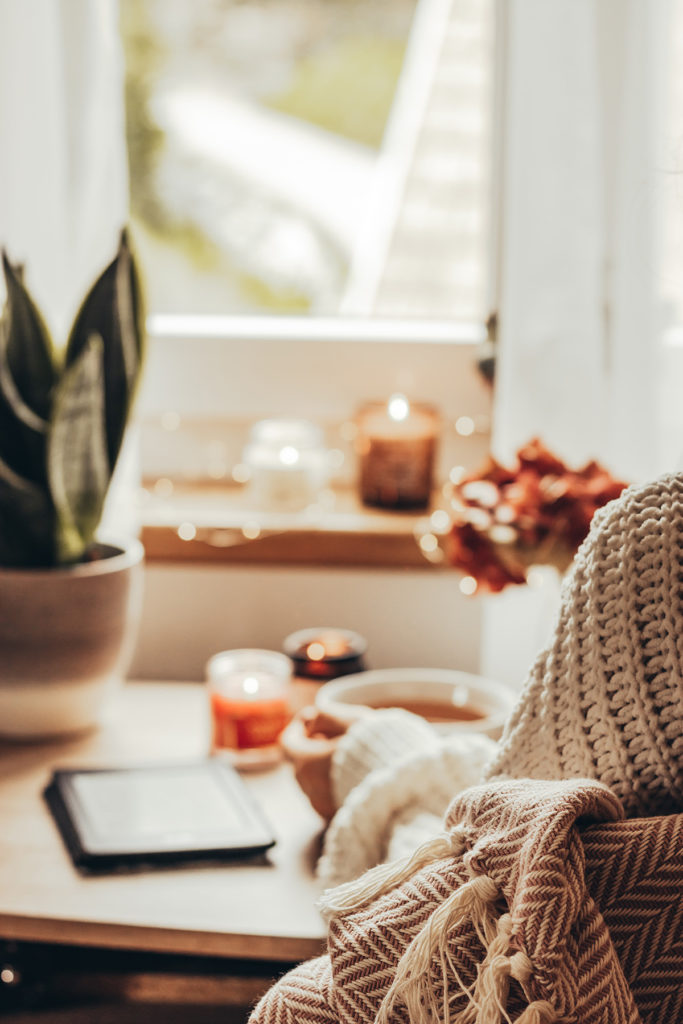
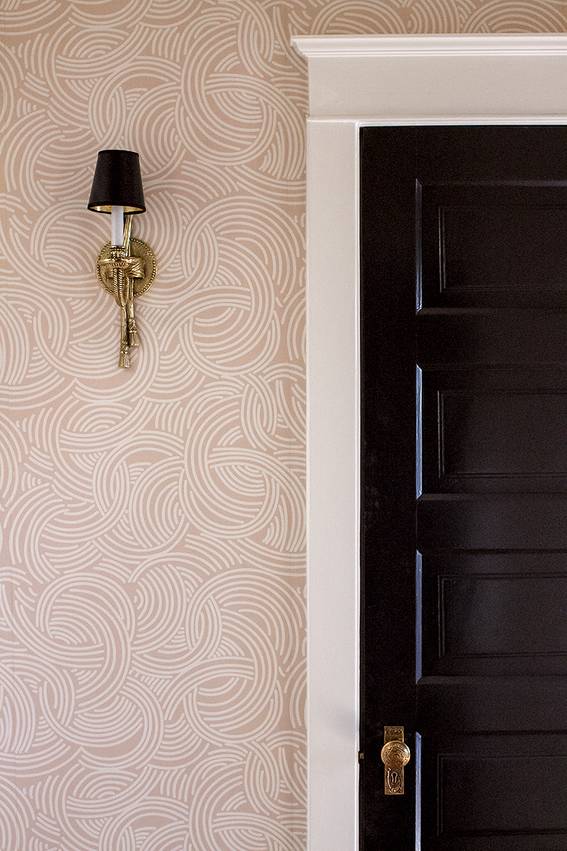
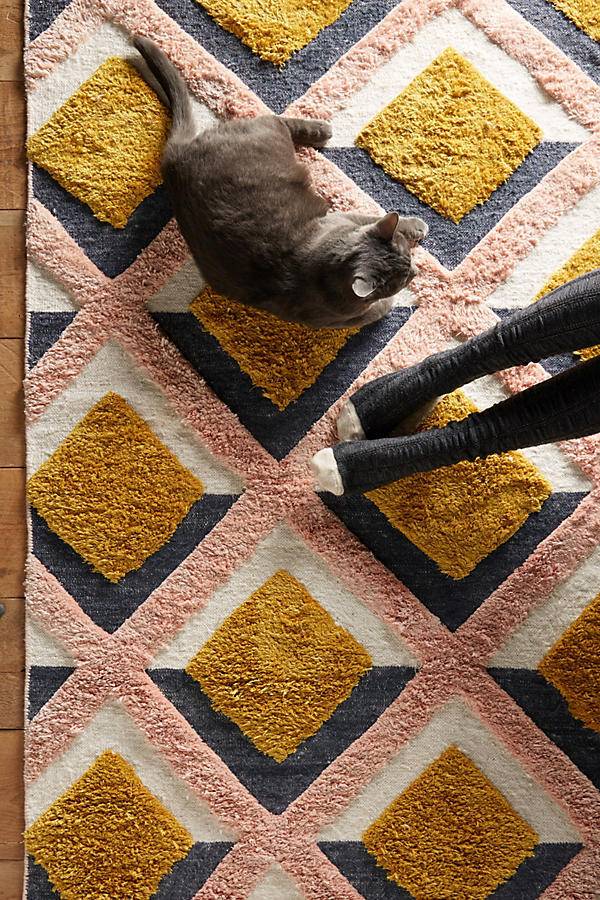



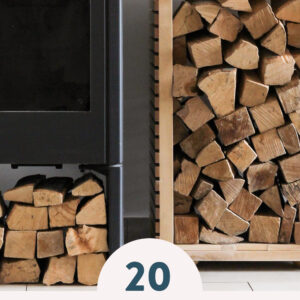
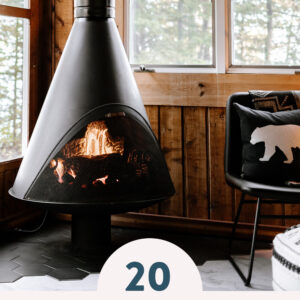
Yup, number one is definitely my go to.. it’s the easiest to do. I put it on then wrap a belt around me so it stays on like a house coat! Great tips!
@Paul First of all, thank you! Great idea about making the heated blanket mobile! Thanks for reading.
Absolutely love this article! Will help me much.
One really important way to save on heating bills is to place pelmets over the top of window/door curtains. These must have sealed covers on the top to stop air circulation that will try to flow, by convection, between the glass and the curtain. Additionally, the bottom of the curtains need to be as close to the floor as possible. It is best if the curtain material has insulative properties, extend 100mm past either side of the opening and fit flush with the wall. Having simple rails to hang curtains, without boxed pelmets is a REALLY bad idea if you are trying to save on heating bills. This is especially important when glass is not double/triple glazed.
There are a lot of great ideas here; I am already doing some and have found some that I am going to try. With the high cost of heating our homes these are great ways to reduce our heating costs. Another great idea is to install electrical outlet covers in unused outlets as this not only makes them safe for those with small children but blocks another source of heat loss, can be bought at hardware stores or Amazon.
I live in a Victorian 110-year-old home with wood floors, long drafty windows & 10.5′ high ceilings & these suggestions work. But here are some more:
Minimize your bare wood floor square mileage where cold air can get in by using not just throw rugs, bath & kitchen mats, but by placing thermal rug padding UNDER them. It’s very important to add that insulation to stop the cold from getting inside & thus having to deal with it later! Place carpet/pad under sofas, chairs, coffee tables, etc. Use remnants under furniture with skirts that reach the floor, and nice rugs where they’re visible. Place plush sheepskin rugs next to your beds & a plastic office chair mat in front of your desk. Leave oven & dryer doors open while they’re still putting out heat. Get programmable thermostats. Place pelmets above your windows, plus curtain rods should have 90-degree ends thus the [hopefully long insulated] curtains turn & go all the way to the wall, trapping all the window’s cold so it won’t escape into the room. Window blind blades should be turned so heat is kept into the room. Make cheap window/door stoppers using foam pipe insulation pieces with a 2″ x 1/2″ wood piece placed inside: very useful but not as pretty as the sand-filled stoppers you might want in visible places. Keep cupboard & closet doors closed. Research whether you should cover floor vents: your heat/AC system was designed to push air into all your rooms. By stopping air from flowing into some rooms you’re making the system strain & the equipment might need to be replaced too soon, thus saving seasonal money is a waste! You could be better off using all these suggestions & leaving your unused room doors open & keeping room ceiling fans circulating.
I really like your ideas and I am going to try the tension rods and curtain hint.
I’ll also start closing my upper doors and closets .
Thanks for the great tricks!
Hi Mary! You’re welcome! Glad you found some good ideas. Those little things can help a lot. 🙂
You forgot one cheap, easy way to warm a bed all night- a hot water bottle!
A soda bottle filled with warm to hot water and covered with an old sock I used this method a lot when I had twins and one would wake up so I’d put the bottle in his bed spot to keep it warm when I put him back the bed was still warm
These are all great, my favorites are electric blankets and an electric fireplace, to warm up your bathrobe before you shower.
We love these tips because most of them are so cheap and simple. Thank you!
One more thing we would like to suggest for saving energy and money is insulating your water heater tank. If your tank is an older model, check to see if it has insulation with an R-value of at least 24. If it doesn’t, you should consider adding insulation. This could reduce heat loss by up to 45% and save you around 10% on water heating costs.
This is a great (and easy) suggestion for saving even more this winter — thank you!
I appreciate your clear explanations and the emphasis on safety throughout the process.
It’s evident that you care about your readers’ well-being and want us to tackle these issues safely and effectively.
Your blog has become my go-to resource for appliance-related issues,
and I’ll be sure to share it with friends and family who might face similar problems with their appliances.
Keep up the fantastic work!
Great tips! Thank you. But I have to add that every homeowner with a central heating system should also ensure that their ductwork is properly sealed and insulated. This small step can significantly improve the overall efficiency of an HVAC system, saving energy and money.
A smart thermostat is actually a good idea. In winter, set your thermostat to 68-70°F when you’re home, lower to 65°F when you’re away or sleeping, and around 55°F when on vacation. This will save energy without compromising comfort.